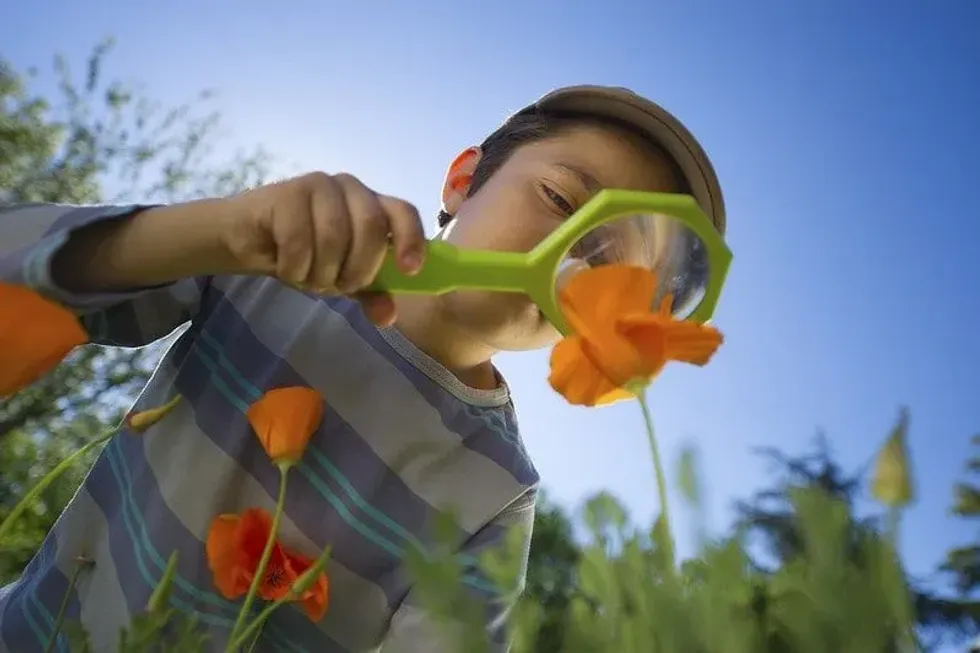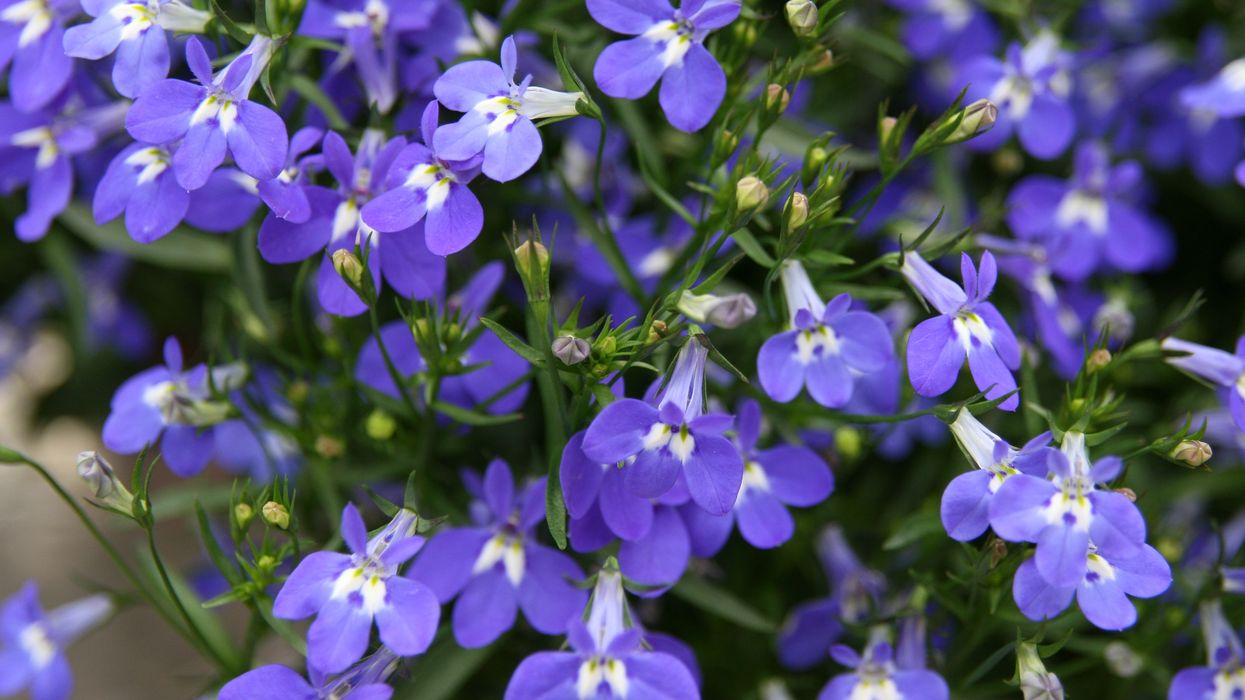There are lots of great science projects that are fun and easy to do at home, and this educational activity will help children to understand that science is all around us; in fact, it is what makes the world turn, why computers work and how trees and plants grow.
We have detailed a few experiments here that will answer any questions your kids have about how the leaves help a plant to live, feed and grow. Plants need air, light, warmth, water and nutrients to thrive, as well as needing roots, a stem and leaves.
However, these three experiments focus on the process called photosynthesis, which occurs within the leaves.
What Is Photosynthesis?
Leaves make food for the whole plant, keeping it alive by converting sunlight into energy. If a plant or tree does not have healthy, functioning leaves it will die as it would be unable to feed itself.
Photosynthesis is the process that plants use to make food, which requires light, carbon dioxide and water. A leaf is designed to turn sunlight, carbon dioxide and water into glucose, which 'feeds' the plant. The leaf also releases oxygen, which is released back into the air as a by-product.
The science equation for the process of making food in a leaf is as follows:
Carbon dioxide + Water + Sunlight/Chlorophyll = Glucose + Oxygen
Carbon dioxide comes from the air, whilst the water comes from the soil, entering the plant through its roots. Sunlight becomes energy when it is absorbed by the plant by a green pigment in the leaves called chlorophyll. Chlorophyll is found in the plant's cells, specifically in the parts of the leaf named chloroplasts.
Glucose is the food that a tree or plant will eat and use to grow, and although some of the oxygen is used by the plant, a lot is released back into the atmosphere to be used by animals, humans and other microorganisms. This process is an important part of our life cycle.
Experiment One
This science experiment is designed to help students understand what happens when a plant has no leaves at all.
What You'll Need:
Two small plants of the same species and size
Paper and pen
Camera
Method
1. Remove all of the leaves from one of the two plants, then leave them both on a windowsill.
2. Take a photo of the two plants every day, using the pen and paper to jot down any observations and the change in the two plants.
3. Leave the experiment running for 2 - 4 weeks, observing how the different plants are affected by the same environment.

Experiment Two
This science activity is designed to observe how the leaves of a plant are affected by different amounts of sunlight.
What You'll Need
Plants
Scissors
Paper
String
Paper clips
Method
1. Using the scissors, cut different shapes from the sheet of paper. Make sure that the paper shapes are not much bigger than the leaves of the plant.
2. Using the string or paper clips, loosely attach the paper shapes to some of the leaves on each of the plants.
3. The paper will block the sunlight from reaching the surface of the leaf, meaning that the leaf cannot photosynthesise in these shaded/covered areas.
4. Leave these shapes on the leaves for several days, then after 3-7 days remove them and observe what has happened.

Experiment Three
This science experiment is designed to observe how light intensity affects the rate of photosynthesis. The activity works by observing the oxygen that is released as a by-product. By using pondweed we are able to see and measure the amount of oxygen that is produced, which appears as bubbles in the water.
What You'll Need
A piece of pondweed
A large, clear glass beaker, jar or tumbler
A desk lamp
Water
Ruler
Timer
Paper and pen
Method
1. Fill the beaker with water, then place the pondweed into the liquid-filled container.
2. Carefully set up the desk lamp so that the bulb is 10 cm from the beaker (use the ruler to measure this) and switch the lamp on. You can use a book to raise the beaker to the right height.
3. Leave the pondweed to rest in the water for five minutes, so that it can acclimatise to its new environment and to the level of light from the lamp.
4. After five minutes, set a timer for one minute and count the number of bubbles that the pondweed gives off within that time. Record the distance that the lamp is from the beaker (in this case, 10 cm) and the number of bubbles.
5. Move the lamp back another 10 cm, so that the bulb is now 20 cm from the beaker. Leave the set up for five minutes for the pondweed to acclimatise again.
6. After five minutes, count the number of bubbles that the pondweed releases within one minute.
7. Follow the same pattern, moving the lamp 10 cm further back each time, and remember to allow five minutes for the plant to acclimatise before doing a bubble count.
8. The last experiment should be when the light source is 50 cm from the beaker.
9. Take a look at the table of results. Ask kids what this suggests about how the intensity or amount of light affects the rate of photosynthesis.

Q & A For Students
What do these three experiments teach us about how leaves help plants?
Can a plant survive without healthy leaves?
What effect does 'light intensity' have on the plant?
Further Exploration
1. Try growing a plant using our guide, watching and observing each of the stages of growth.
2. Make a life-cycle chart that describes all of the stages of a plant from spring/summer to fall/winter.
3. How can you revive a dying plant? Research the ways you could encourage a plant to grow or re-grow healthy leaves.











